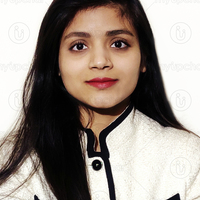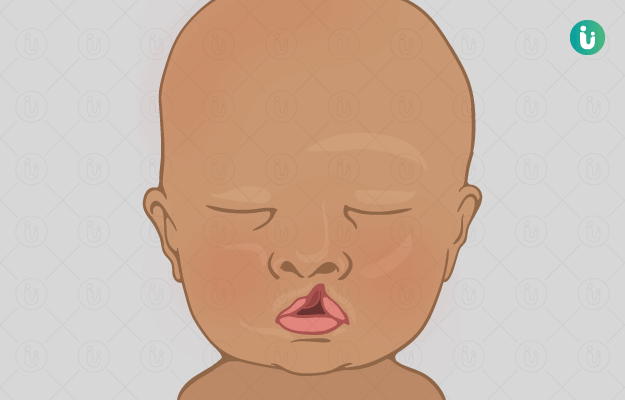Medically known as ectrodactyly ectodermal dysplasia, cleft lip and palate are birth defects. They can be seen as a split in the upper lip or the roof of the mouth or both.
Here's how this occurs: the baby's face starts forming during the fourth week of pregnancy. During development, the tissues and special neural cells from each side of the baby’s head grow towards the centre of the face, so that they can join together to make the face.
The lips are formed between the 4th week and 7th week of pregnancy, whereas the roof of the mouth, medically called the palate, is formed between the 6th week of pregnancy and the 9th week of pregnancy. If due to any complication these tissues do not meet in the centre, they lead to an opening in the middle of the lip and the palate called clefts.
The cleft lip can be small like a slit or can be a large one that goes through the upper lip to the base of the nose. In about 95% of the cases, a child with a cleft lip also has a cleft palate.
Cleft lip and palate are among the most common birth defects worldwide. Usually, the cleft lip and palate can be closed completely with multiple surgeries. In very young babies, doctors put a "plug" to close the gap so that the baby to help them in breastfeeding. Treatment also involves the use of dental braces in adolescents aged 12-15.

 Doctors for Cleft Lip and Cleft Palate
Doctors for Cleft Lip and Cleft Palate 











































